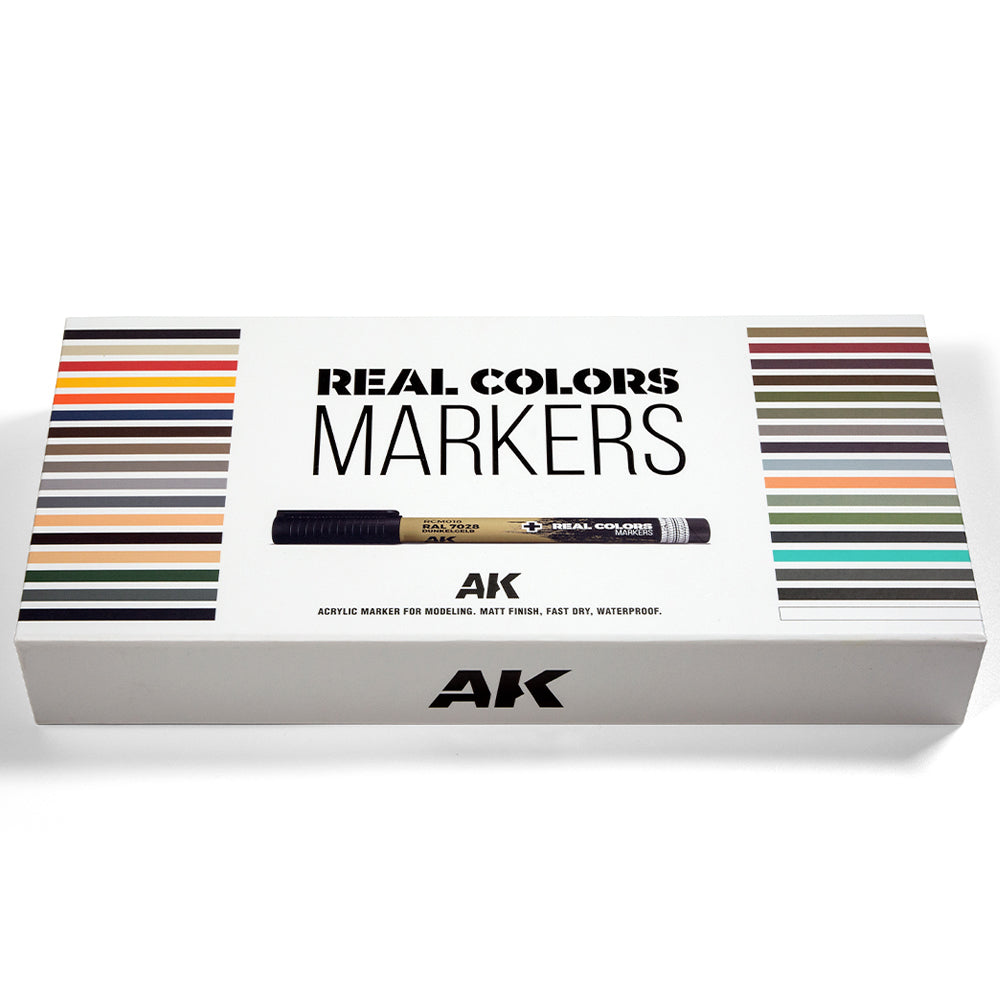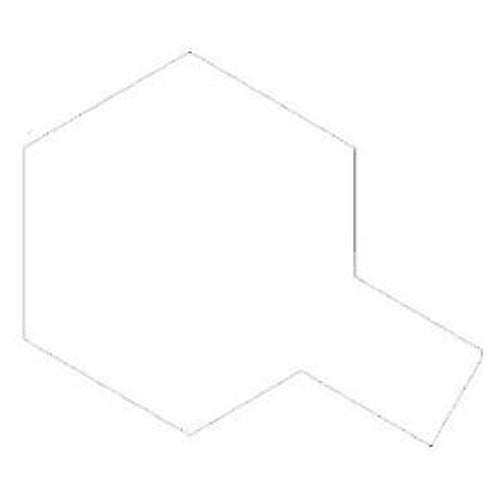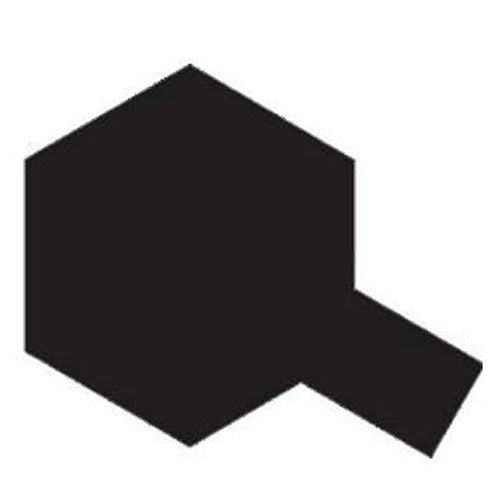Model railways have long been a source of fascination for hobbyists worldwide. They combine artistry, engineering, and storytelling, offering endless opportunities to create and explore. Whether you dream of replicating bustling cityscapes, serene countryside stations, or iconic rail lines, this comprehensive guide will help you begin your journey.
The Appeal of Model Railways
Model railways are more than a hobby; they’re a gateway to a world of creativity and nostalgia. For some, it’s about recreating the charm of rail travel in its golden age; for others, it’s the technical challenge of designing and building an operational railway system. Regardless of your motivation, the process is as rewarding as the end result.
Understanding Scale and Gauge
Before purchasing your first model, it’s crucial to understand the terminology:
Scale: Scale refers to the ratio of the model size to the real-life train:
- OO Gauge (1:76): The most popular scale in the UK, balancing detail and affordability.
- N Gauge (1:148): Perfect for those with limited space, as it allows for more track in a compact area.
- O Gauge (1:43): Larger and highly detailed, ideal for showcasing individual pieces.
Gauge: Gauge is the distance between the rails:
- Standard gauges are specific to the scale and ensure compatibility between track and rolling stock.
Choosing Your First Train Set
A good starter set simplifies your entry into the hobby. At Jadlam Toys & Models, we offer all-inclusive starter sets from leading brands like Hornby and Bachmann. These sets typically include:
- A locomotive.
- Rolling stock (carriages or wagons).
- Track pieces.
- A controller to operate the trains.
Planning Your Layout
A well-planned layout enhances both the aesthetic appeal and functionality of your model railway. Here’s how to start:
- Space Assessment: Measure your available area and choose a layout that fits comfortably.
- Theme Selection: Decide on a theme, such as:
- Urban stations with bustling platforms.
- Scenic rural routes winding through hills and fields.
- Industrial settings with factories and freight yards.
- Sketch Your Layout: Use graph paper or software to visualise your design before building.
Building Your Railway
Track Assembly- Start small with an oval or figure-eight loop.
- Use flexible track for custom layouts or fixed sections for simplicity.
- Secure the track to a sturdy baseboard using nails or adhesive.
Analog controllers are standard for beginners, offering straightforward operation. For those seeking advanced functionality, consider Digital Command Control (DCC), which allows independent control of multiple trains on a single track.
Enhancing with SceneryScenery transforms your layout from functional to breathtaking. Add:
- Buildings: Stations, houses, and industrial structures.
- Natural Features: Trees, rivers, hills, and tunnels.
- Figures: Passengers, railway staff, and animals to add life.
Expanding Over Time
Once you’ve mastered the basics, expand your layout with additional tracks, trains, and features. Experiment with:
- Signal Systems: Functional signals for added realism.
- Lighting: Illuminate buildings, carriages, and streetlights.
- Automation: Incorporate computer-controlled systems for advanced operations.







